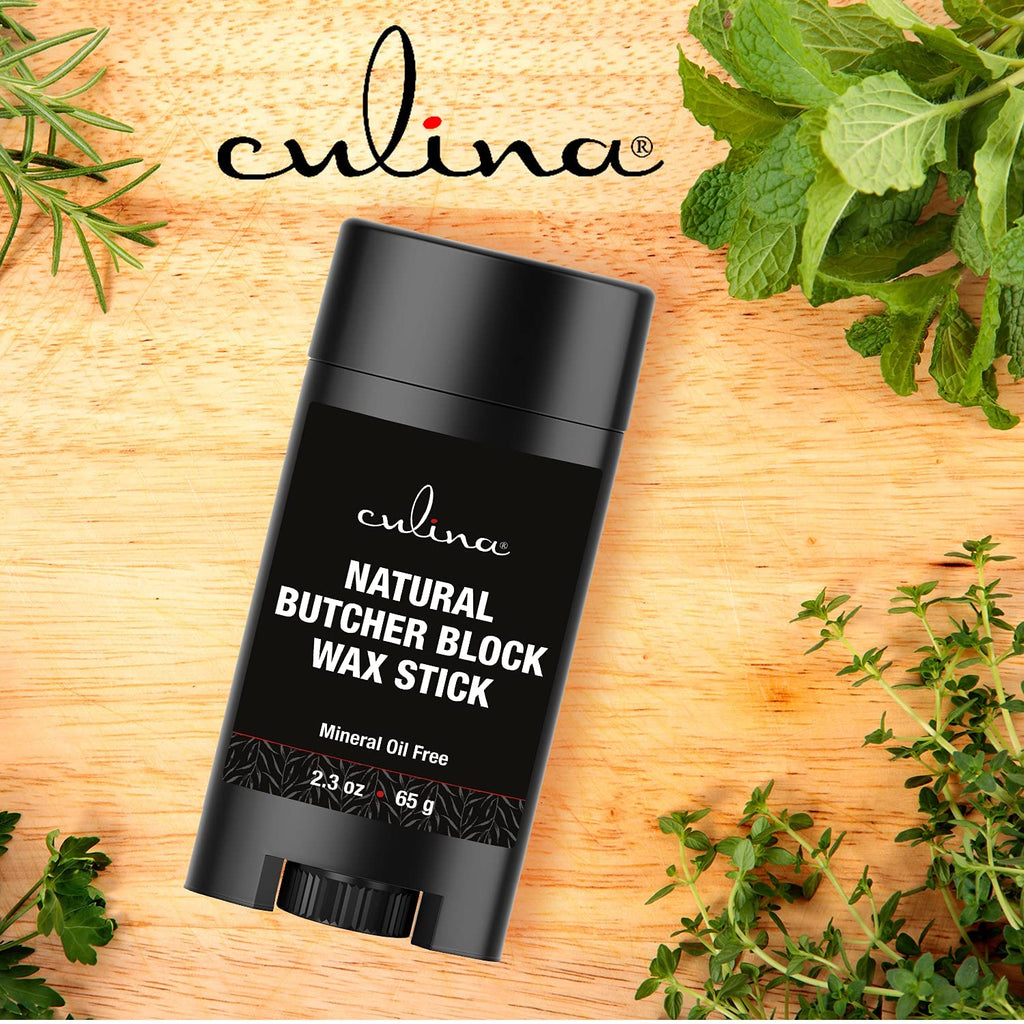How to Take Apart Rotisserie Chicken: Exclusive Guide for Barbecue Enthusiasts
Written By James Morgan
Rotisserie chicken is a staple in many households, especially those who cherish the flavor and convenience it offers. As a barbecue enthusiast, you know that the secret to any great dish lies in the details.
Whether you're planning to enjoy rotisserie chicken as it is or use it as an ingredient in another recipe, understanding how to take apart rotisserie chicken properly is a skill worth mastering. Not only will this make your meals more enjoyable, but it also ensures that you make the most of every part of the chicken.

Preparation Before Taking Apart Rotisserie Chicken
Before diving into the process, it's vital to gather the necessary tools and set up your workspace. A clean surface, a pair of tongs, a sharp chef's knife, and a carving fork are essentials for this task.
Step 1: Let the Chicken Rest
Allow your rotisserie chicken to rest for at least 10-15 minutes after cooking. This rest period helps redistribute the juices, making it easier to carve without losing the flavorful moisture.
Step 2: Gather the Tools
Ensure you have a sharp chef's knife, a carving fork, a pair of tongs, and a clean cutting board ready. These tools will make the task much more manageable and efficient.
Step 3: Position the Chicken
Place the chicken breast-side up on your cutting board. Positioning it correctly from the start will make the process smoother.

How to Take Apart Rotisserie Chicken: Step-by-Step Process
Removing the Legs and Thighs
Using a carving fork to steady the chicken, locate the joint where the leg meets the body. Make a small cut to expose the joint. Gently pull the leg away from the body, then cut through the joint to remove the leg and thigh together. Repeat on the other side.
Detaching the Wings
Similar to the legs, find the joint connecting the wings to the body. Steady the chicken once again with the carving fork and cut through the joint. Wings can be a delightful addition to many dishes or enjoyed as they are.
Carving the Breast Meat
With the remaining chicken stabilized using your carving fork, start from the top center of the breastbone. Make a shallow cut and follow the breastbone down, letting your knife glide against the ribcage. Remove one side of the breast, then repeat for the other.
Extracting the Carcass
When the main pieces are removed, flip the chicken over. You can easily access the backbone and remove any remaining meat. The carcass can be saved for making chicken stock, ensuring nothing goes to waste.

Tips to Ensure the Best Flavor
Barbecue enthusiasts know that flavor is paramount. Here are some tips to enhance the taste of your rotisserie chicken:
Use the Drippings
Any juices that collect at the bottom of your rotisserie can be used to baste the chicken or as a flavor enhancer for sauces and gravies. This ensures every bite is packed with flavor.
Season the Carving Board
Sprinkle some finishing salt and herbs on your cutting board before placing the chicken. As you carve, the flavors will infuse into each piece, adding an extra layer of taste.
Save the Bones
Bones can add a fantastic depth of flavor to homemade broths and soups. Dont toss them away; instead, store them for your next culinary creation.

How to Store and Use Leftover Rotisserie Chicken
Storing Leftover Chicken
Proper storage can keep your chicken fresh for days. Place any leftovers in an airtight container and refrigerate. They can last for up to four days in the fridge.
For longer storage, you can freeze the chicken. Make sure to label the container with the date to keep track of its freshness. Learn more about freezing rotisserie chicken.
Using Leftover Chicken
There are numerous ways to use leftover rotisserie chicken. From salads and sandwiches to soups and casseroles, the possibilities are endless. Check out our guide on making chicken noodle soup with rotisserie chicken.
FAQs
Is it necessary to let the chicken rest before carving?
Yes, letting the chicken rest helps redistribute the juices, making it easier to carve and ensuring the meat remains moist.
Can I use a regular knife for carving?
While you can use a regular knife, a sharp chef's knife is recommended for more precise and efficient carving.
How can I enhance the flavor of my rotisserie chicken?
Using the drippings, seasoning the carving board, and saving the bones for broths are excellent ways to enhance the flavor.
As an Amazon Associate, I earn from qualifying purchases.
For more insights into rotisserie cooking, take a look at this detailed guide on how rotisserie cooking works.
Looking for additional tips? Check out our related articles on storing rotisserie chicken, making gyro meat without a rotisserie, and keeping rotisserie chicken warm until dinner.
As an Amazon Associate, I earn from qualifying purchases.



